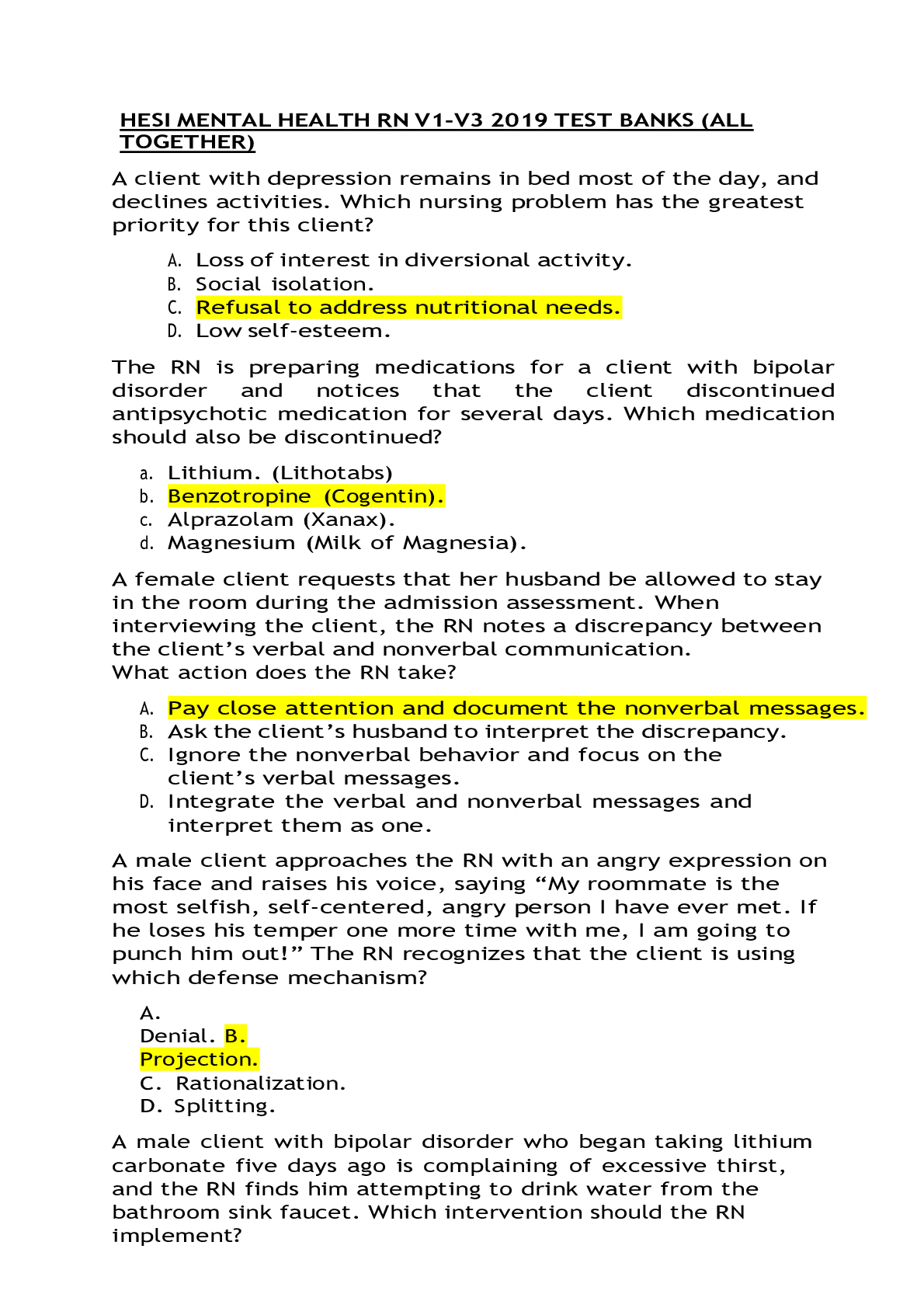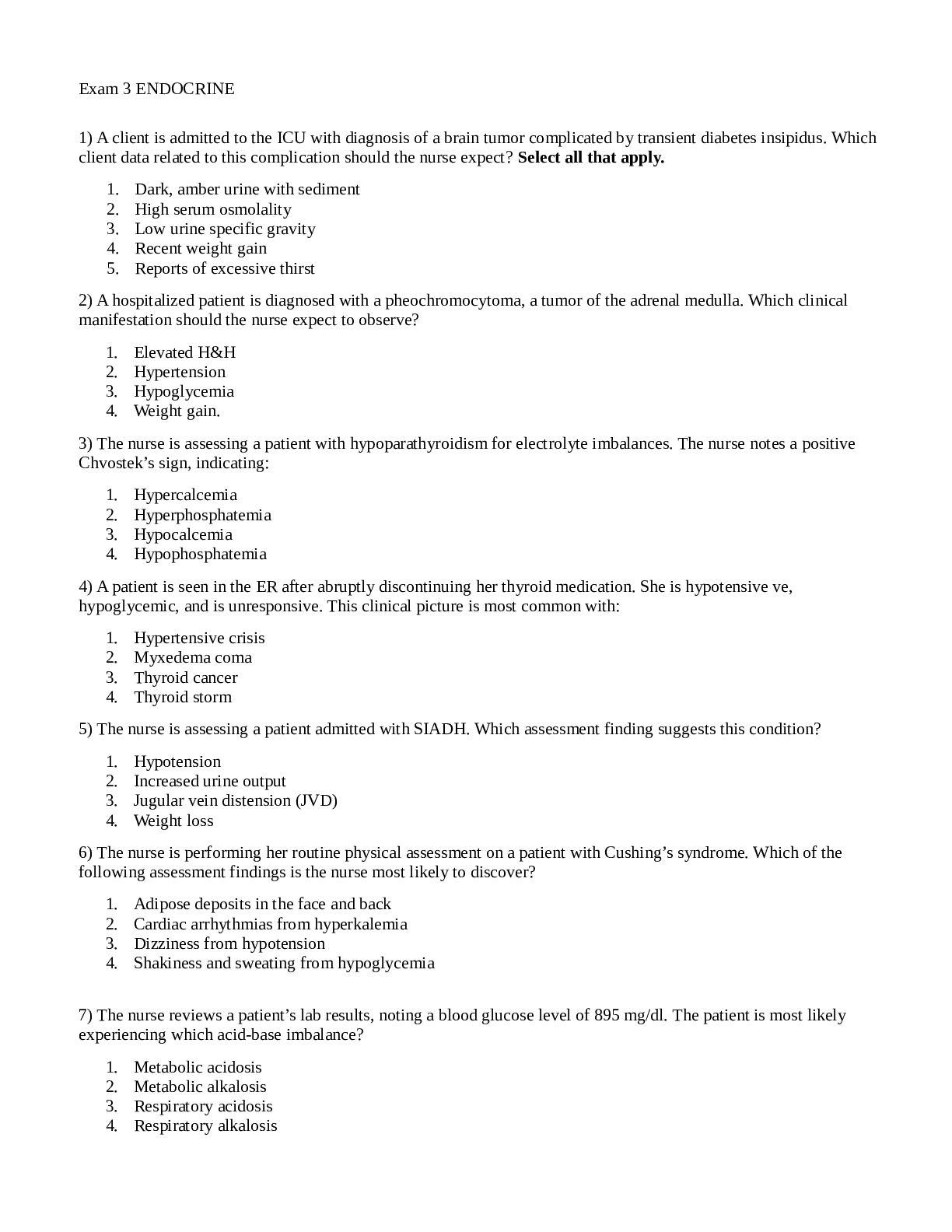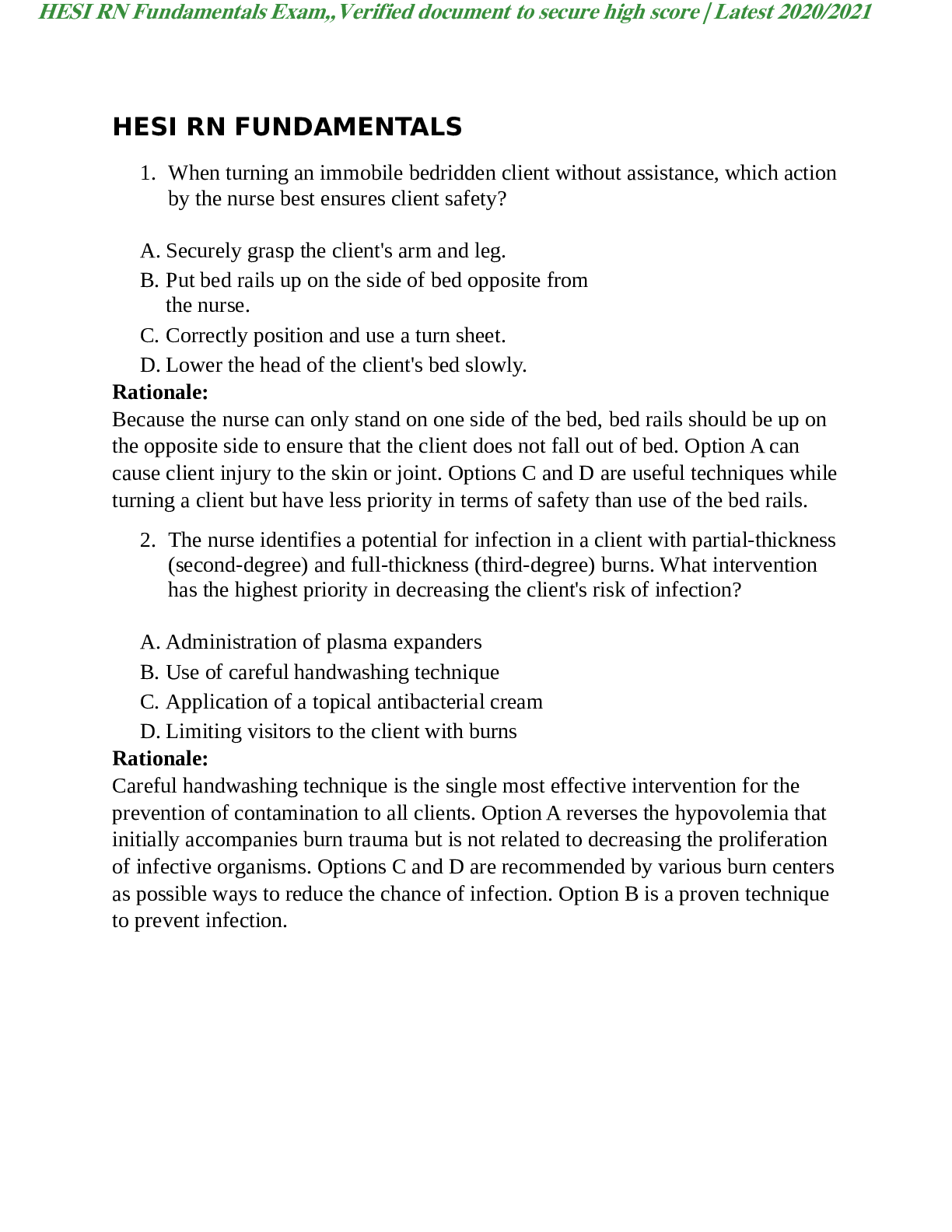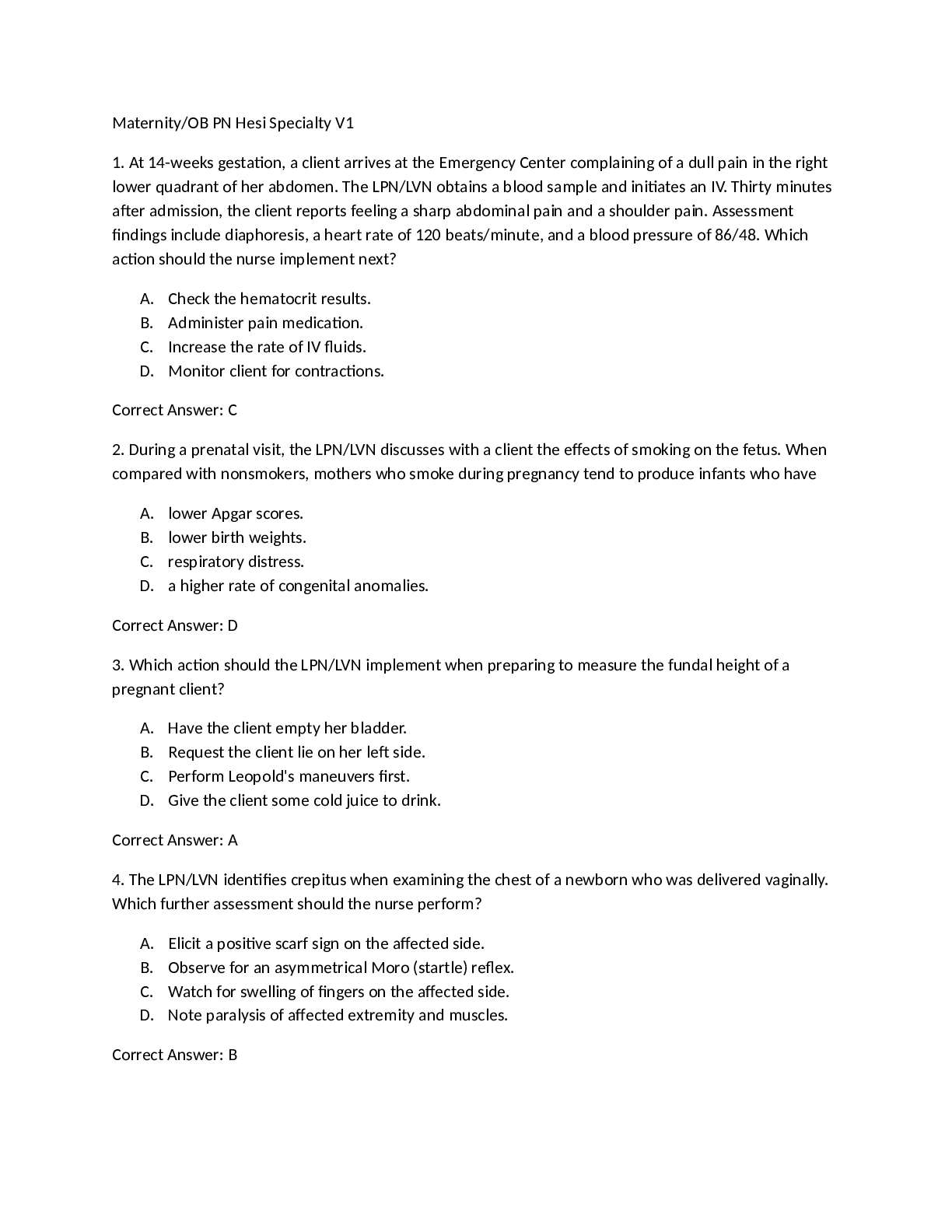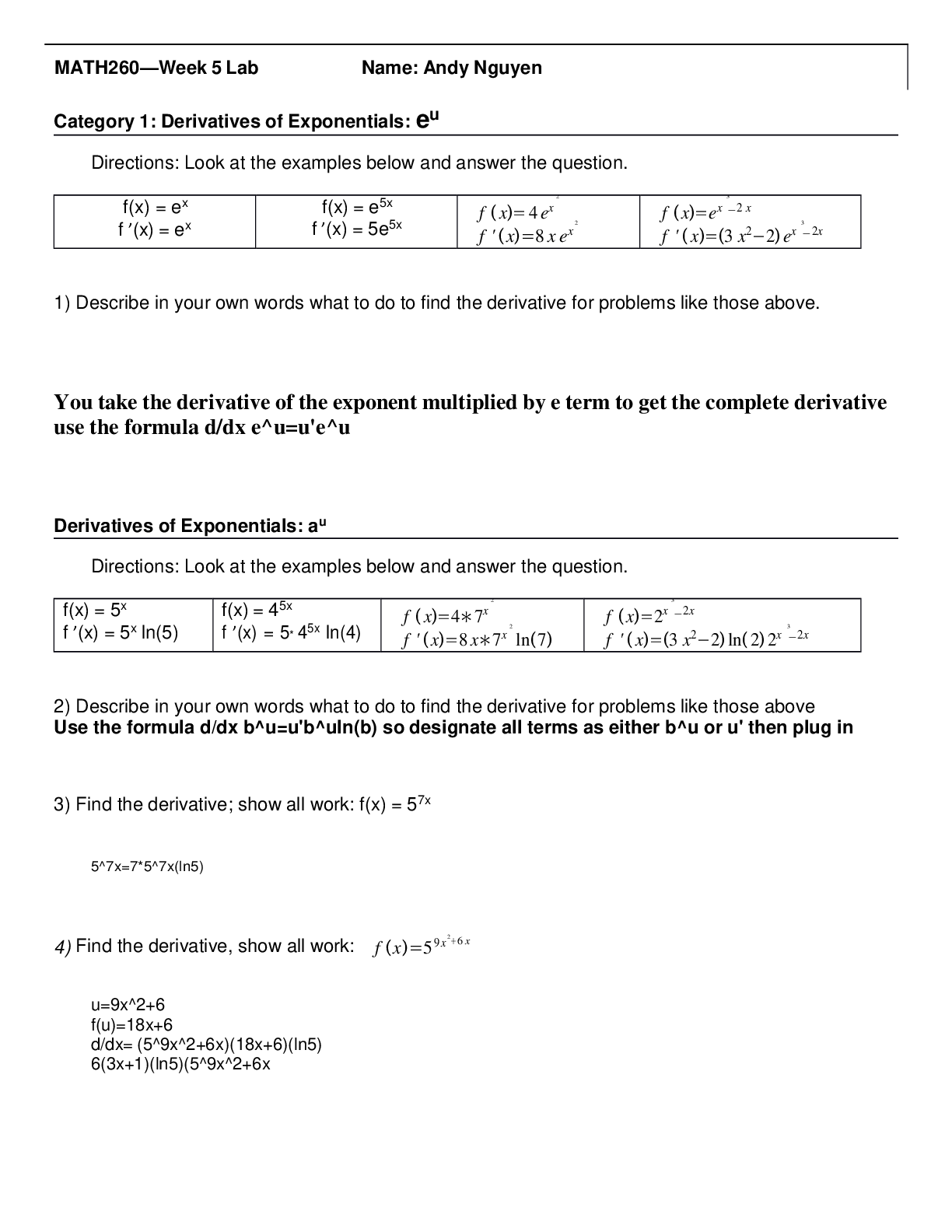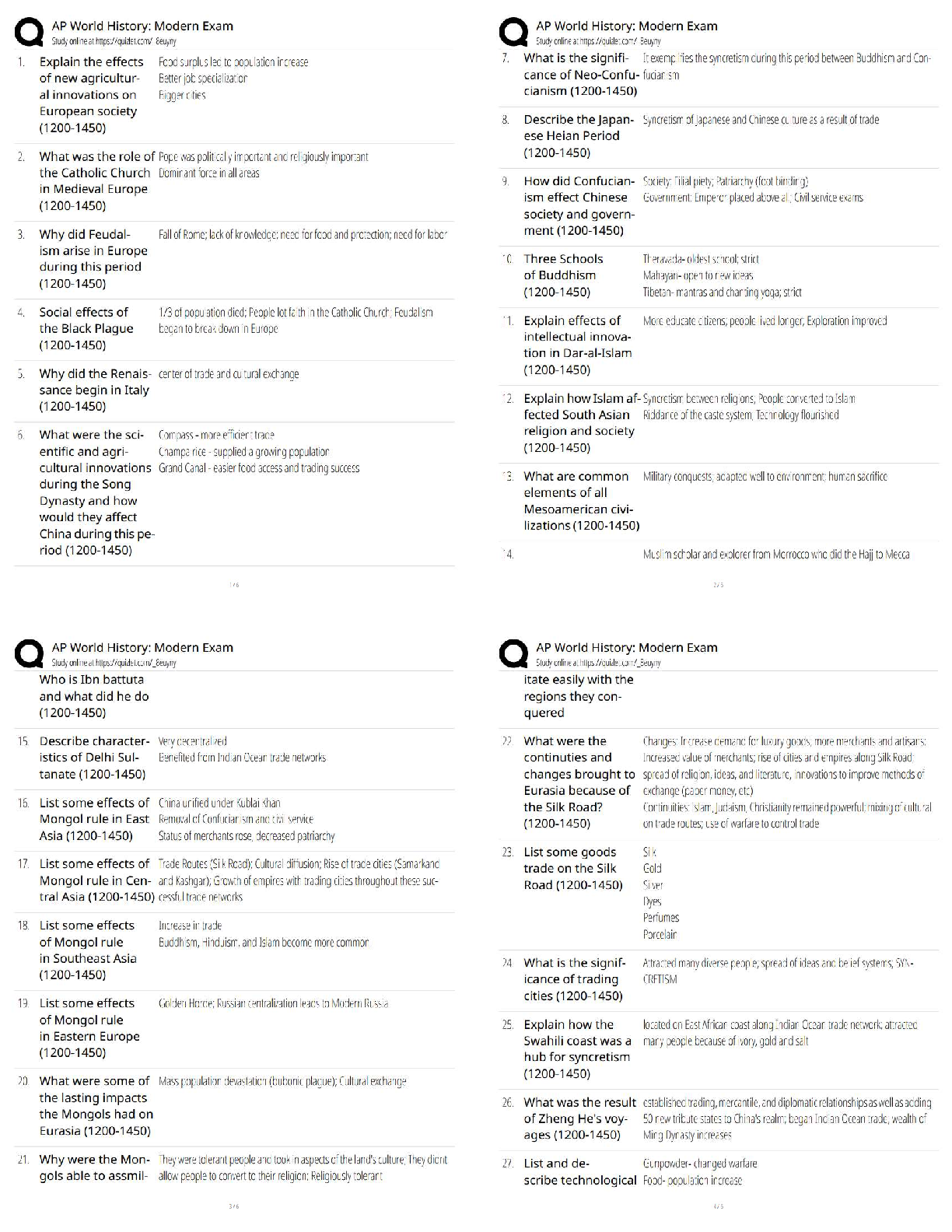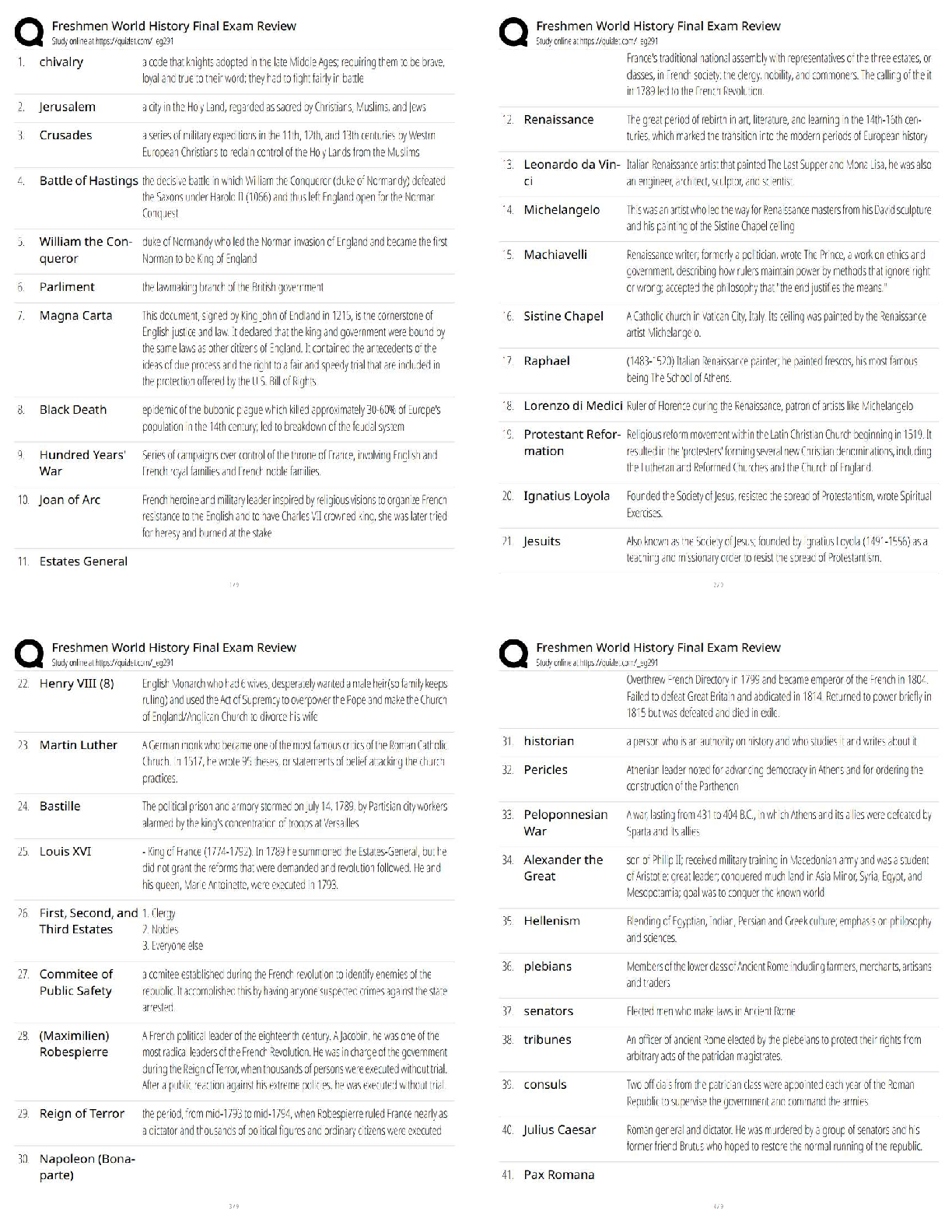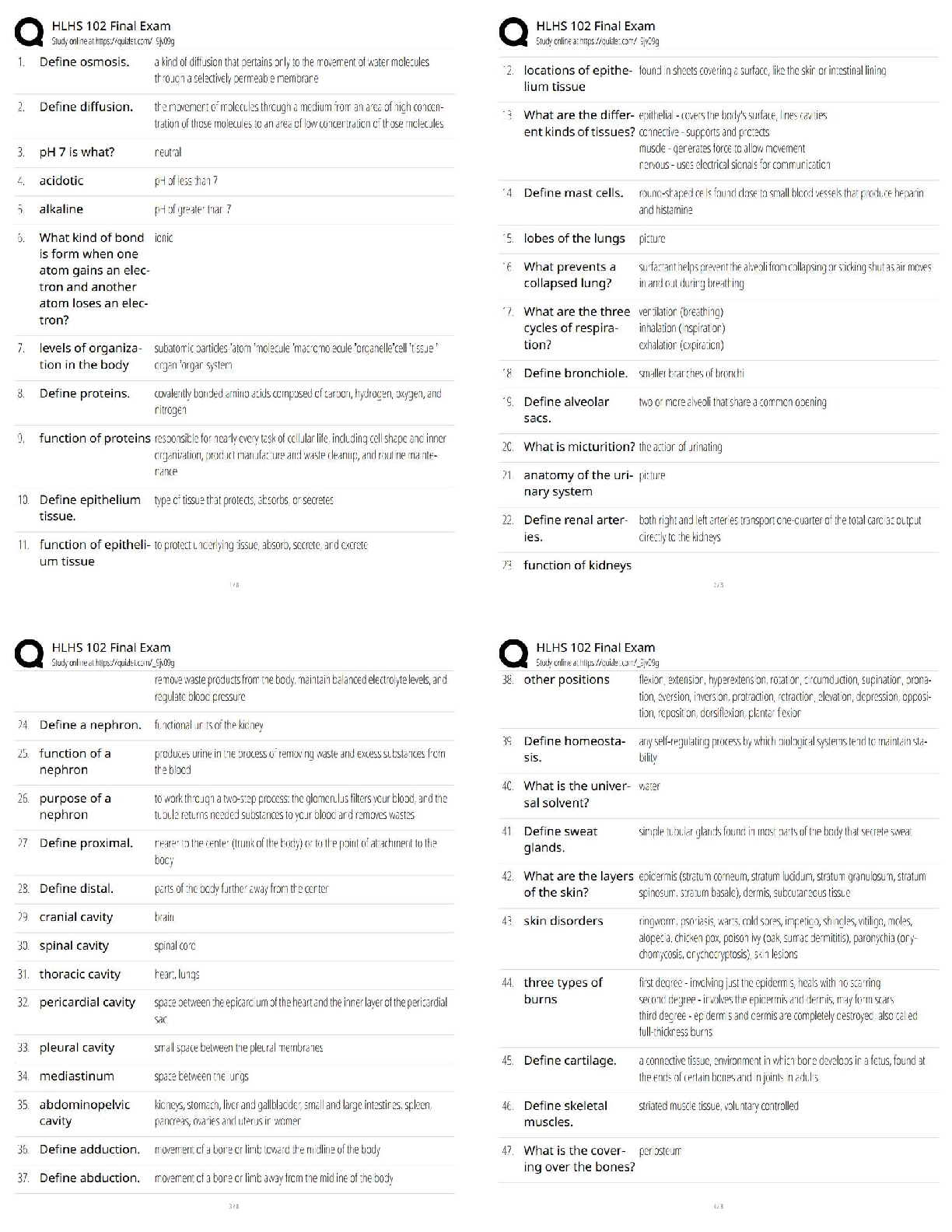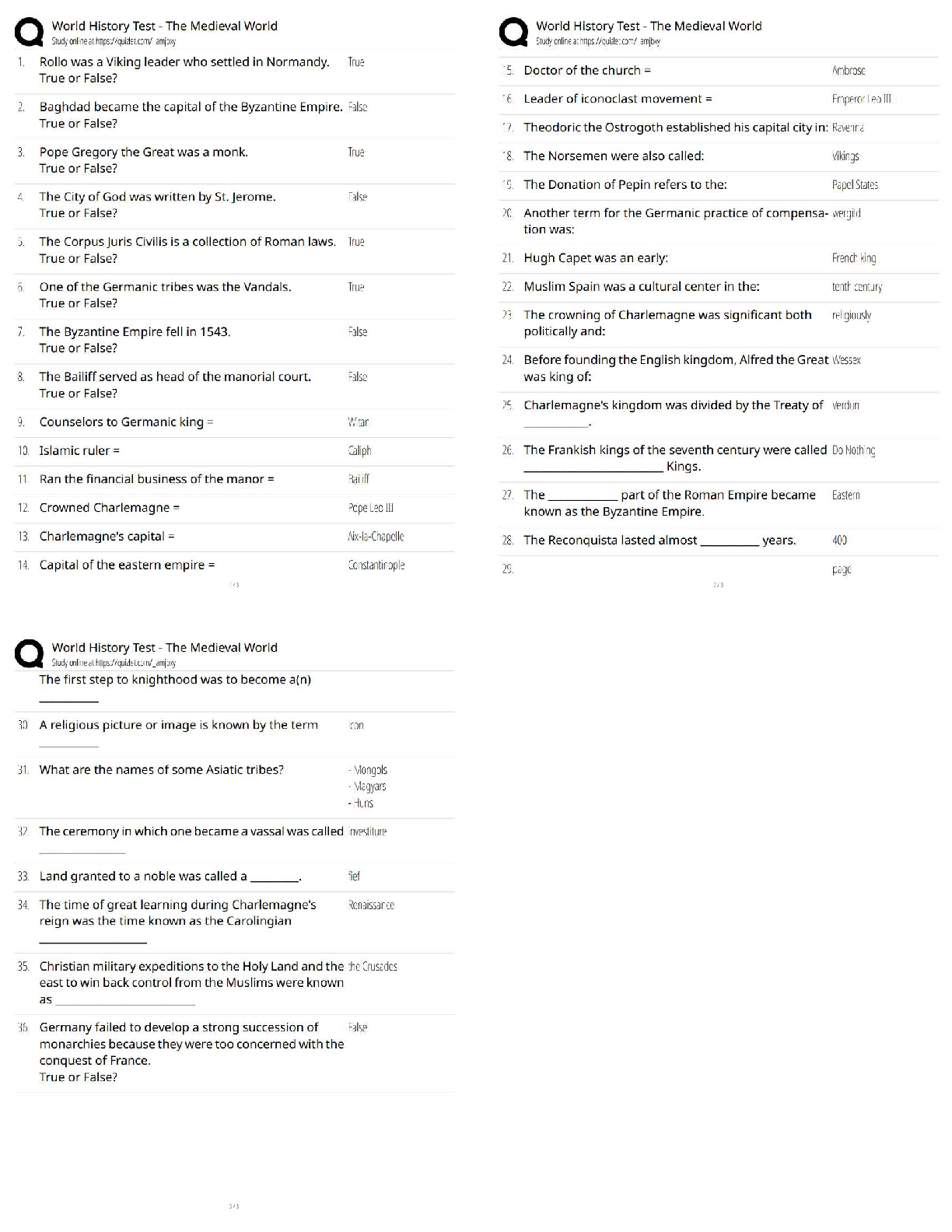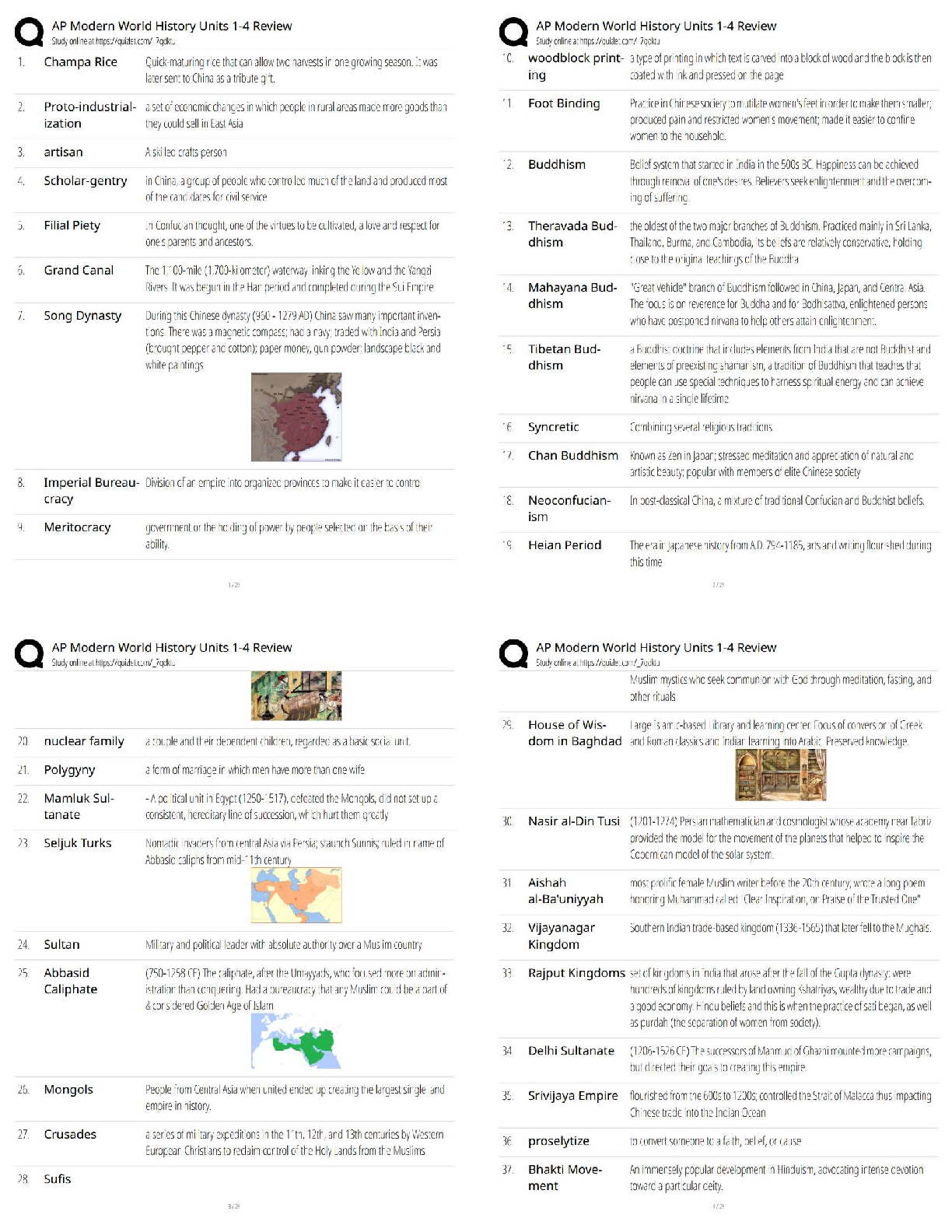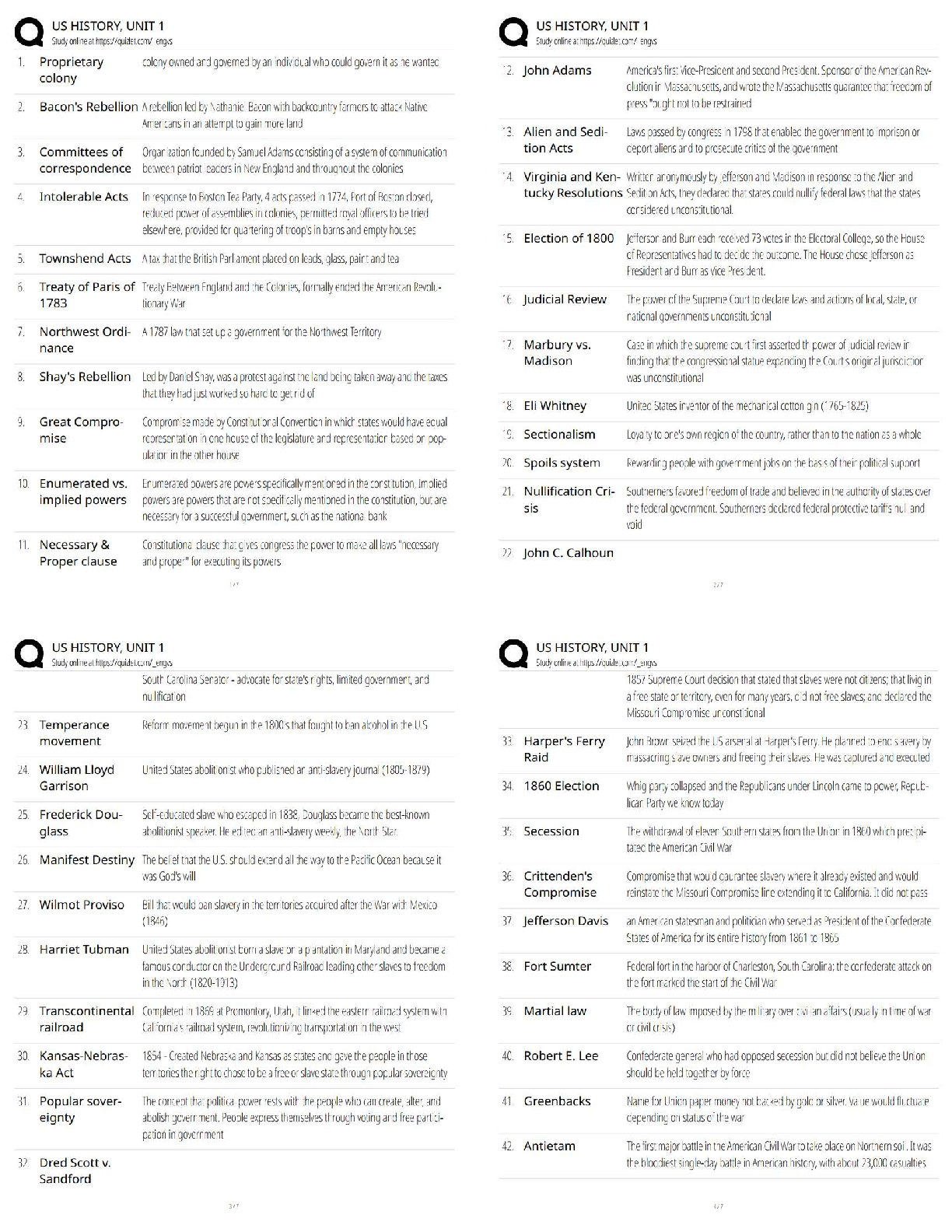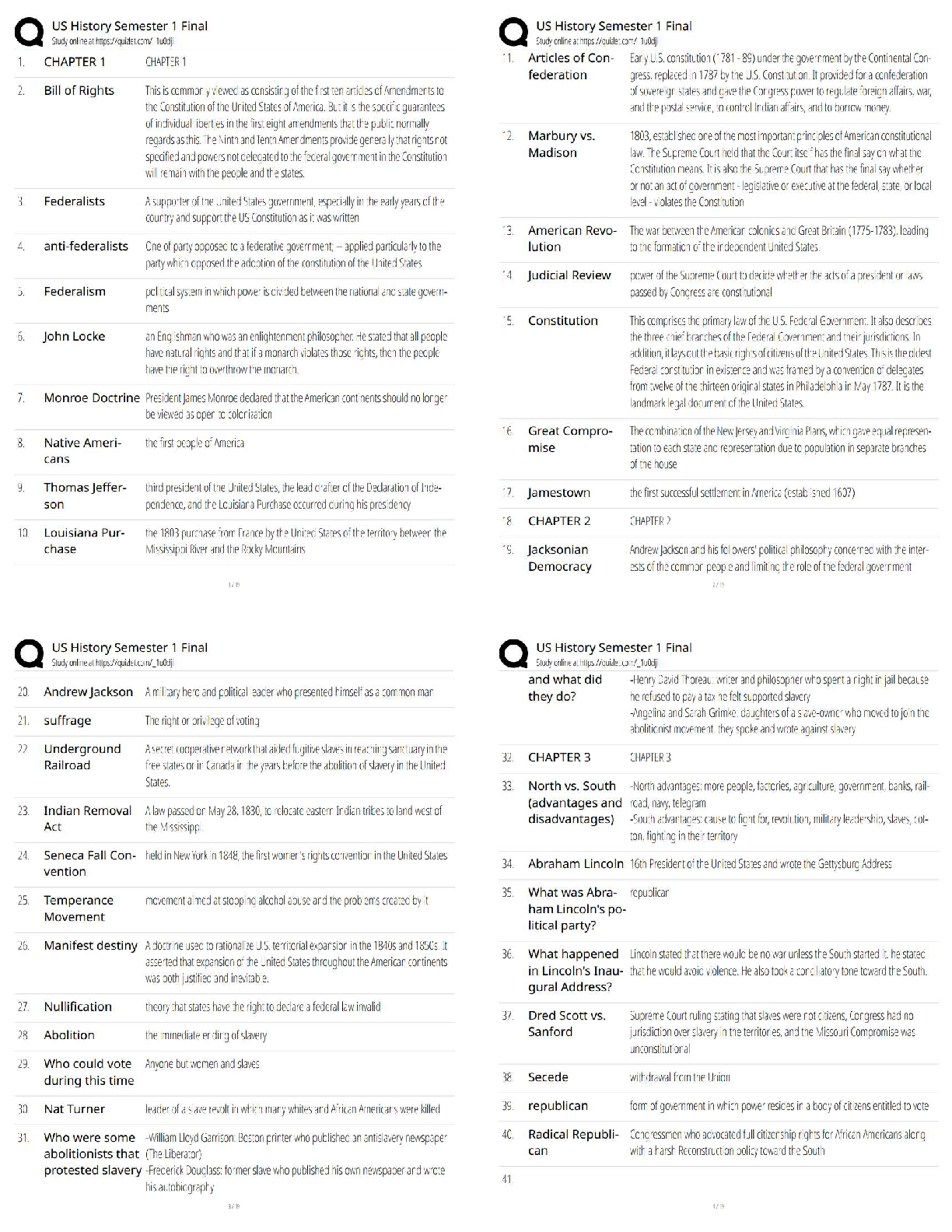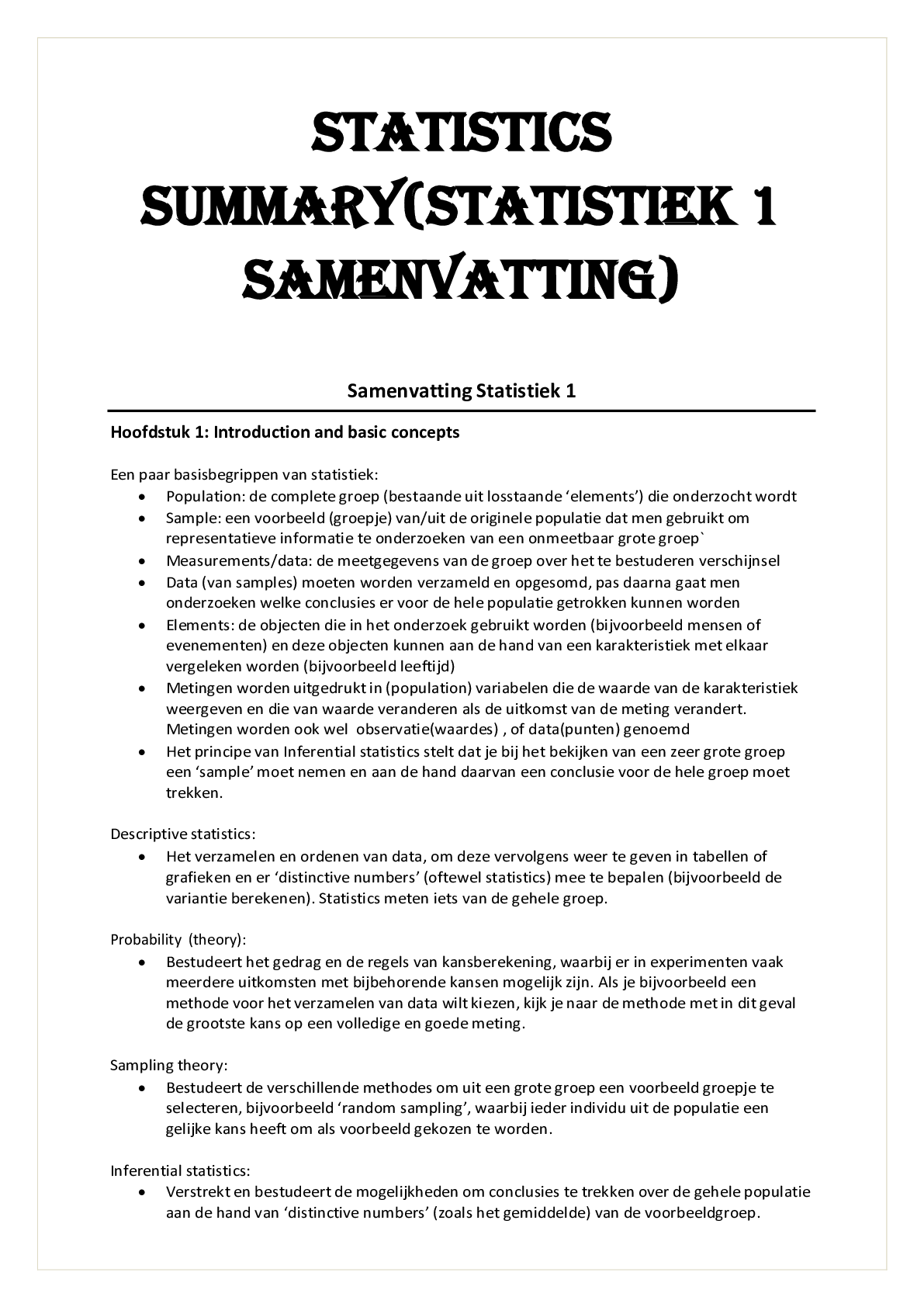
STATISTICS SUMMARY( STATISTIEK 1 SAMENVATTING)
$ 16

SCI 200 - Final Milestone Unit 4 | with 100% Correct Answers | Updated & Verified
$ 8
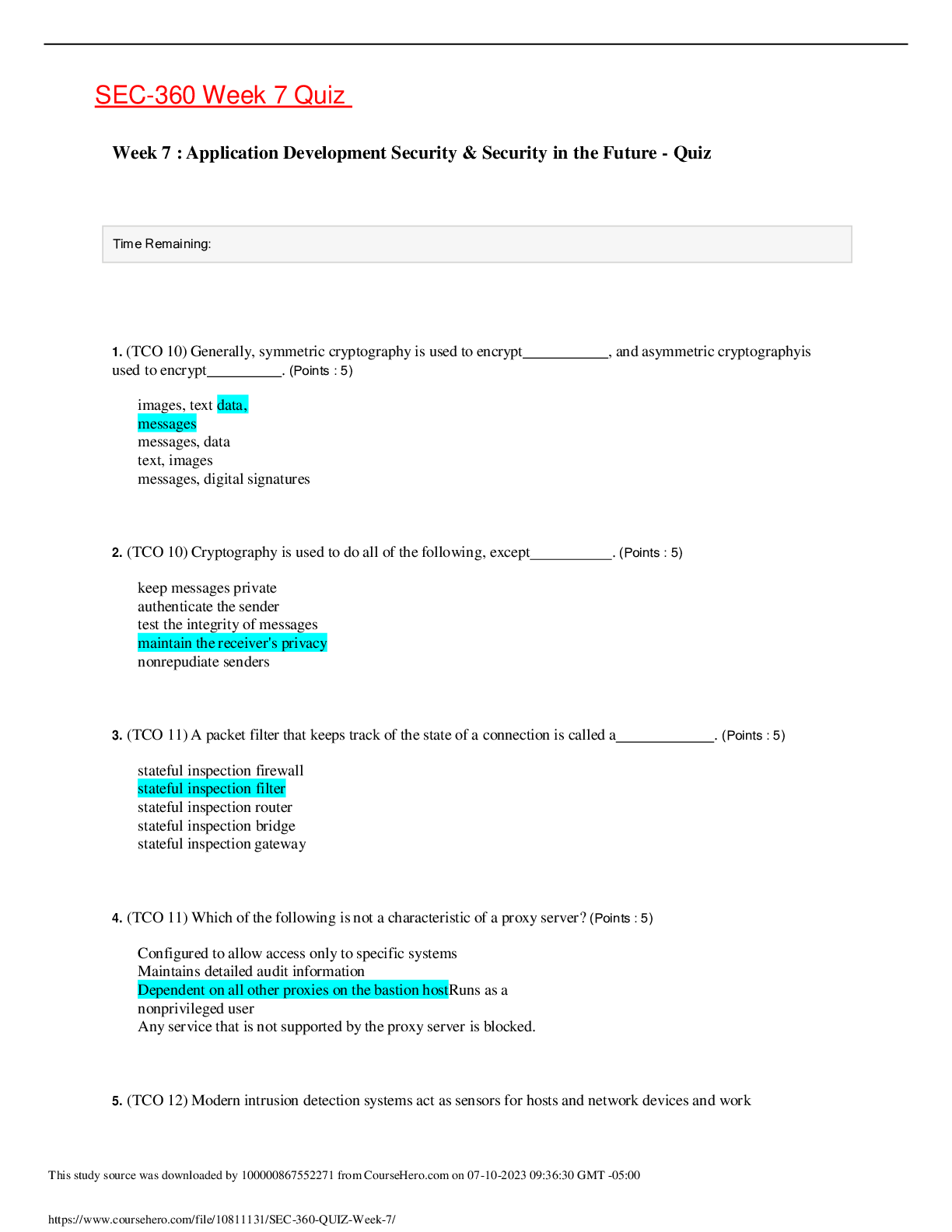
SEC-360 Week 7 Quiz - 100% Correct Answers
$ 7

RBT exams 1-5 each 75 Questions & Answers latest Fall ,
$ 10

NURS 6501 Advanced Pathophysiology WEEK 8 Quiz with Answers | All Correct
$ 9

AQA A-level HISTORY 7042/2S Component 2S The Making of Modern Britain, 1951-2007 Mark scheme June 2021 Version: 1.0 Fina
$ 10
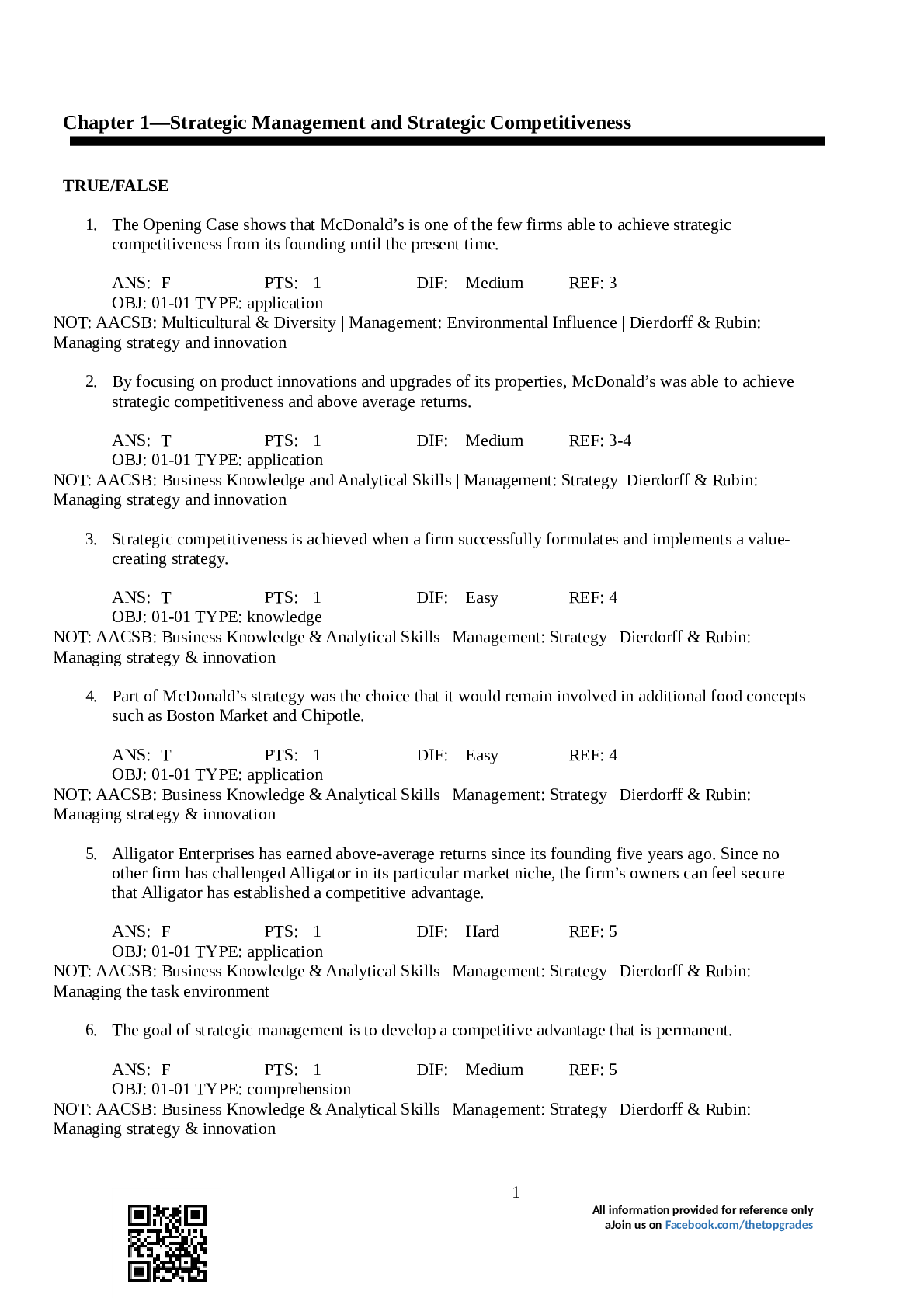
Test Bank for Strategic Management Concepts and Cases Competitiveness and Globalization 9th Edition by Hitt

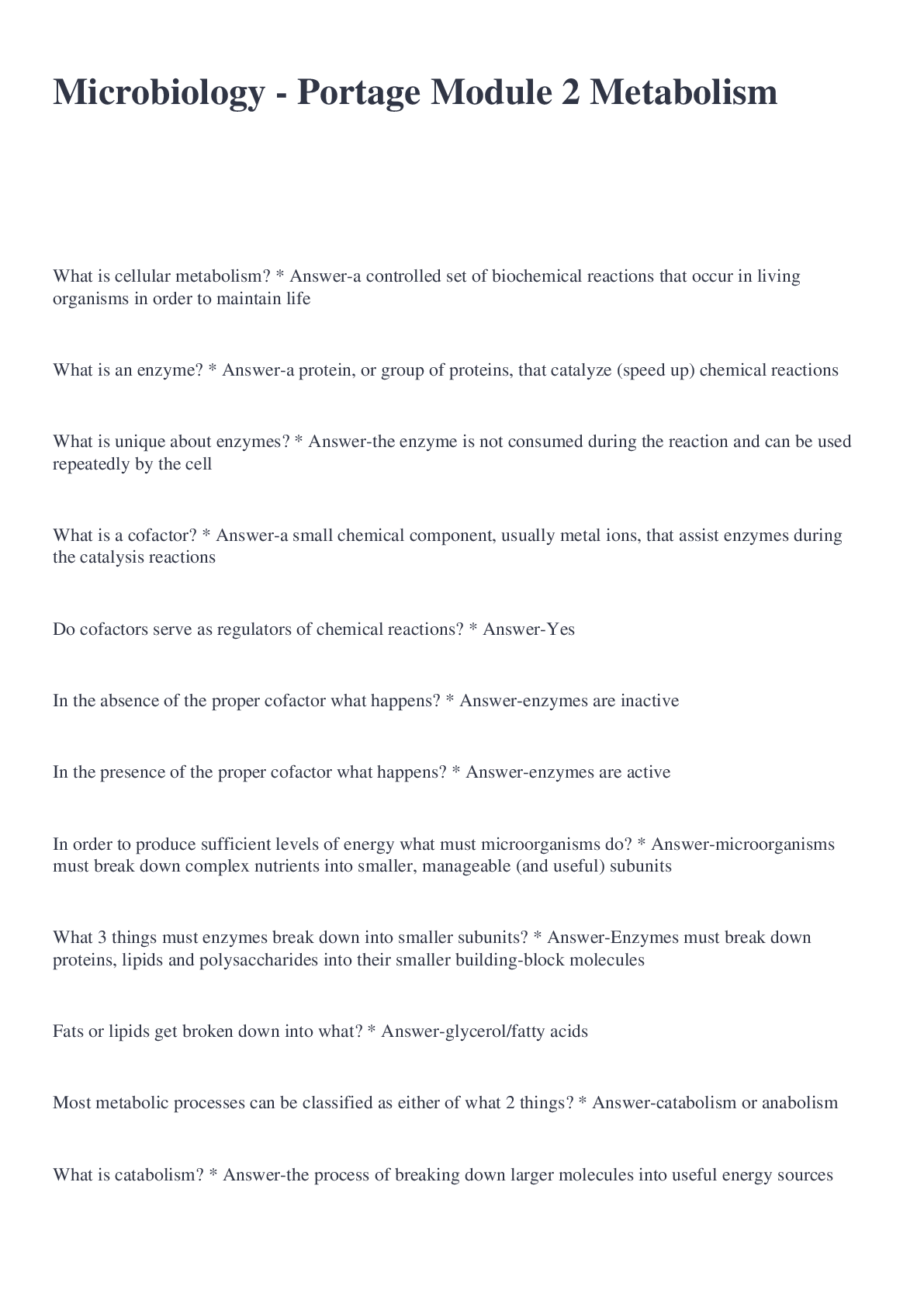

 HESI VI EXIT EXAM.png)
.png)
